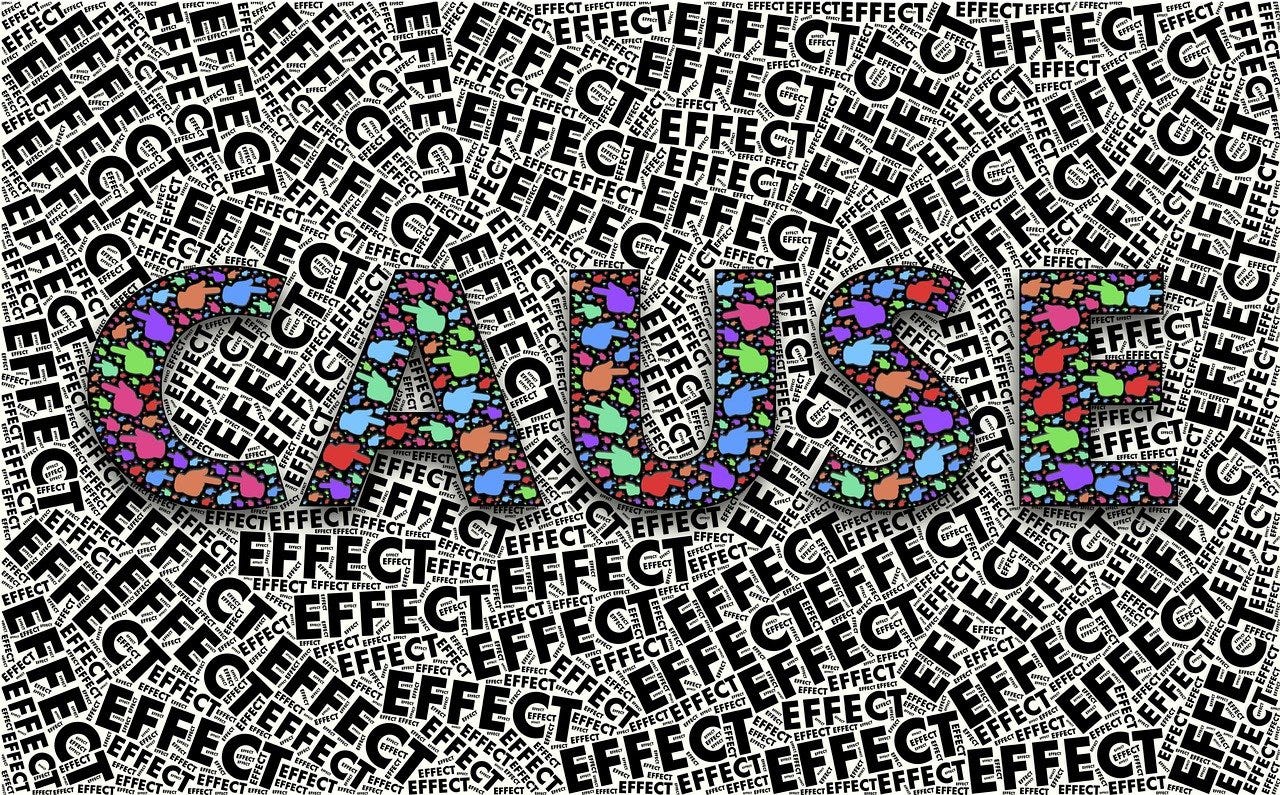Logic For Gardeners? (part 2)
A big part of gardening involves reasoning through problems - and when it comes to reasoning, you really can't beat logic.
I started writing this two-part series about logic with the goal of demonstrating how useful it can be for problem-solving in the garden. In the first part, I distinguished deduction from induction, and explained that most of the time, when trying to solve problems in the garden, we are applying inductive reasoning. I then explained that this is less than ideal, because with inductive reasoning, the conclusion is not necessarily true, even if all the premises are true. While that is problematic enough, it’s only the tip of the iceberg, because there’s also the problem of establishing cause - which might seem straightforward - but it’s something we humans to get wrong all the time.

Let’s play with an example. John plants peas. A week later they germinate and seem to be growing. Over the next few weeks he notices birds around the peas from time to time, and then one day he notices that all the peas are gone. He has not been watching the peas up close, 24 hours a day, so he must use inductive reasoning to come up with an explanation based on his limited number of observations. Since he saw birds around the peas, and then the peas were gone - he concludes that the birds ate his peas.
John might be right - but he might also be wrong. This is the nature of induction. The information is incomplete - so it’s never certain if the conclusion is correct. The other problem is that John is making a causal argument that the birds are the cause of the disappearance of the peas - and this brings us to problem of post-hoc reasoning, and the solution: the three elements of causation.
Keep reading with a 7-day free trial
Subscribe to The Maritime Gardening Newsletter to keep reading this post and get 7 days of free access to the full post archives.




